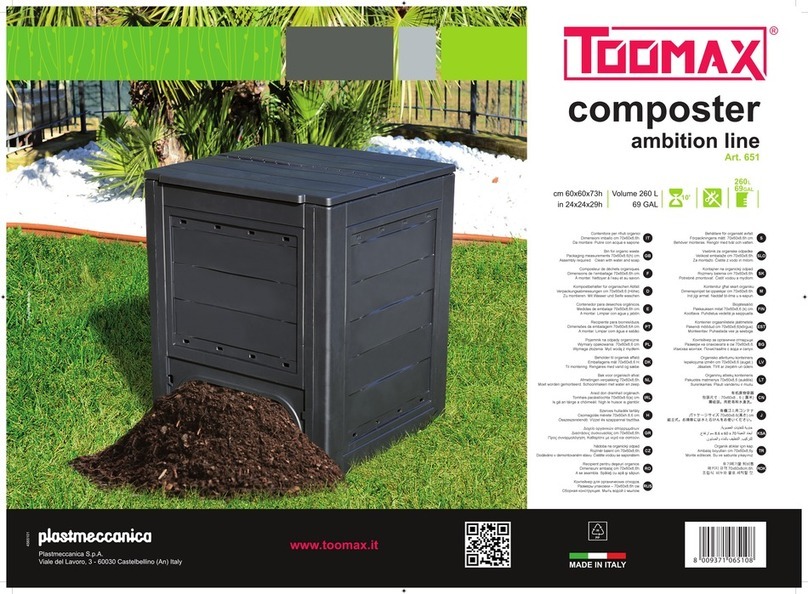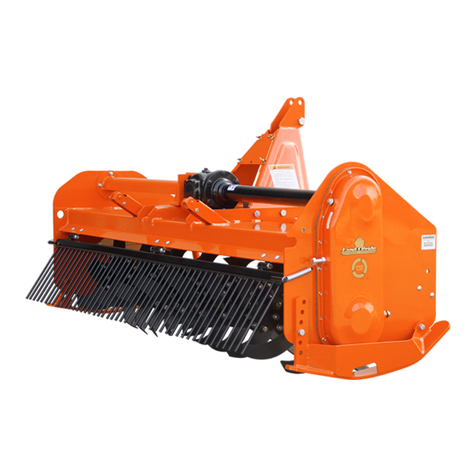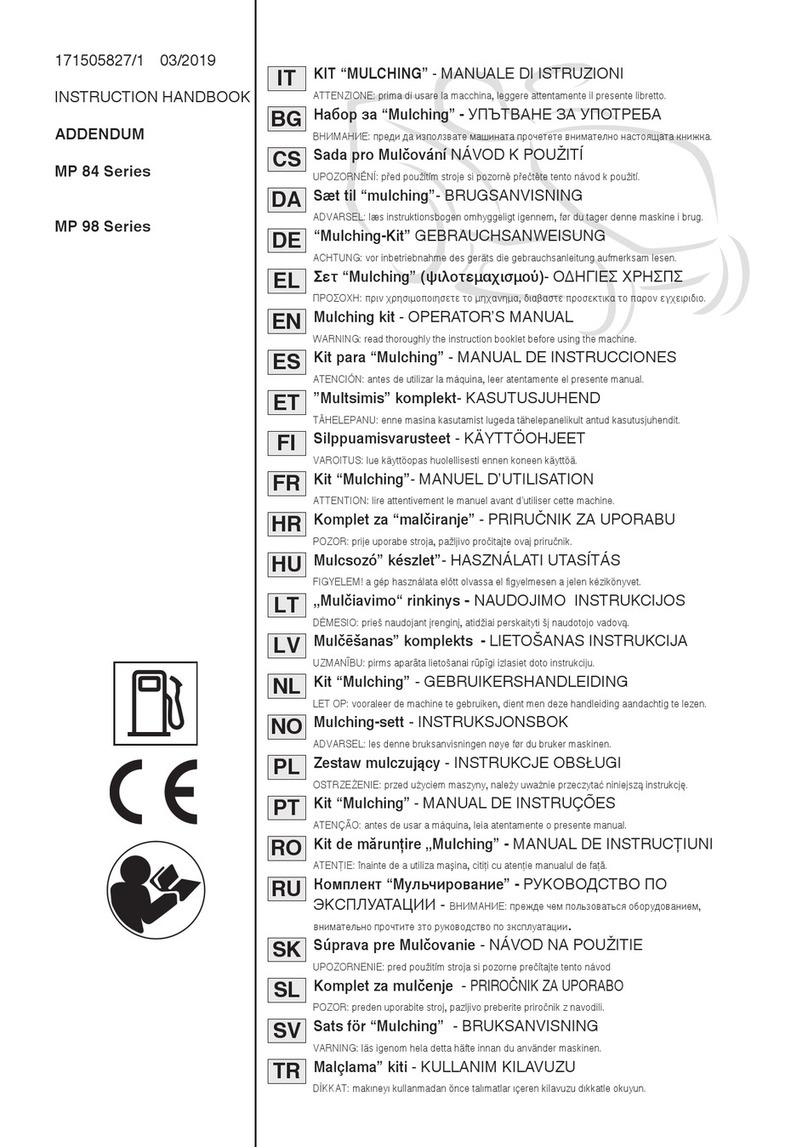Yard force YF3003 User manual




















Table of contents
Other Yard force Lawn And Garden Equipment manuals

Yard force
Yard force LX CLT1 User manual
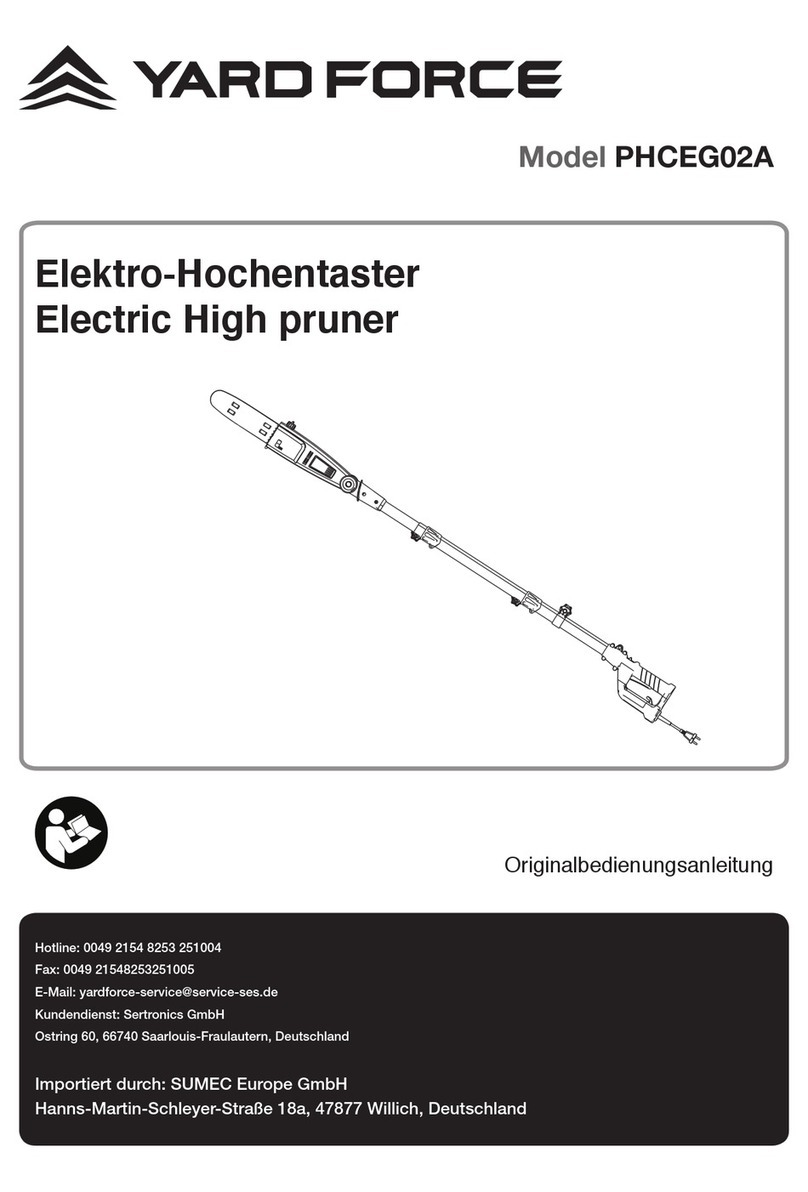
Yard force
Yard force PHCEG02A User manual
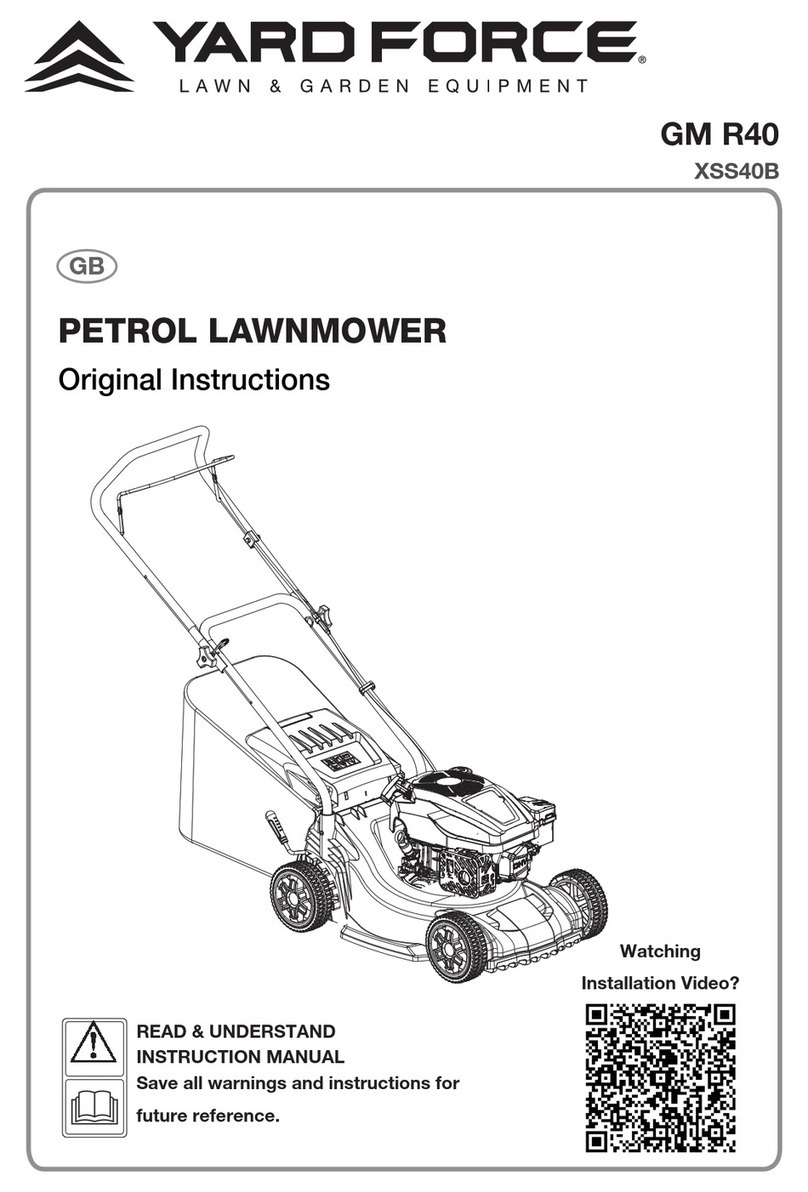
Yard force
Yard force GM R40 User manual
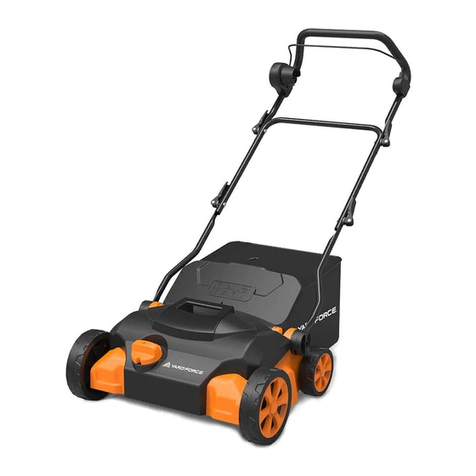
Yard force
Yard force GLS36L User manual
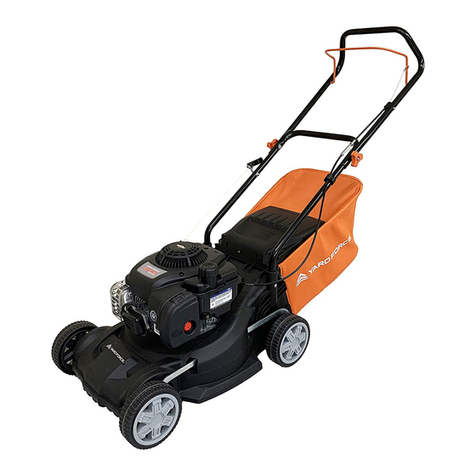
Yard force
Yard force GM B40 User manual

Yard force
Yard force LH A20BN User manual
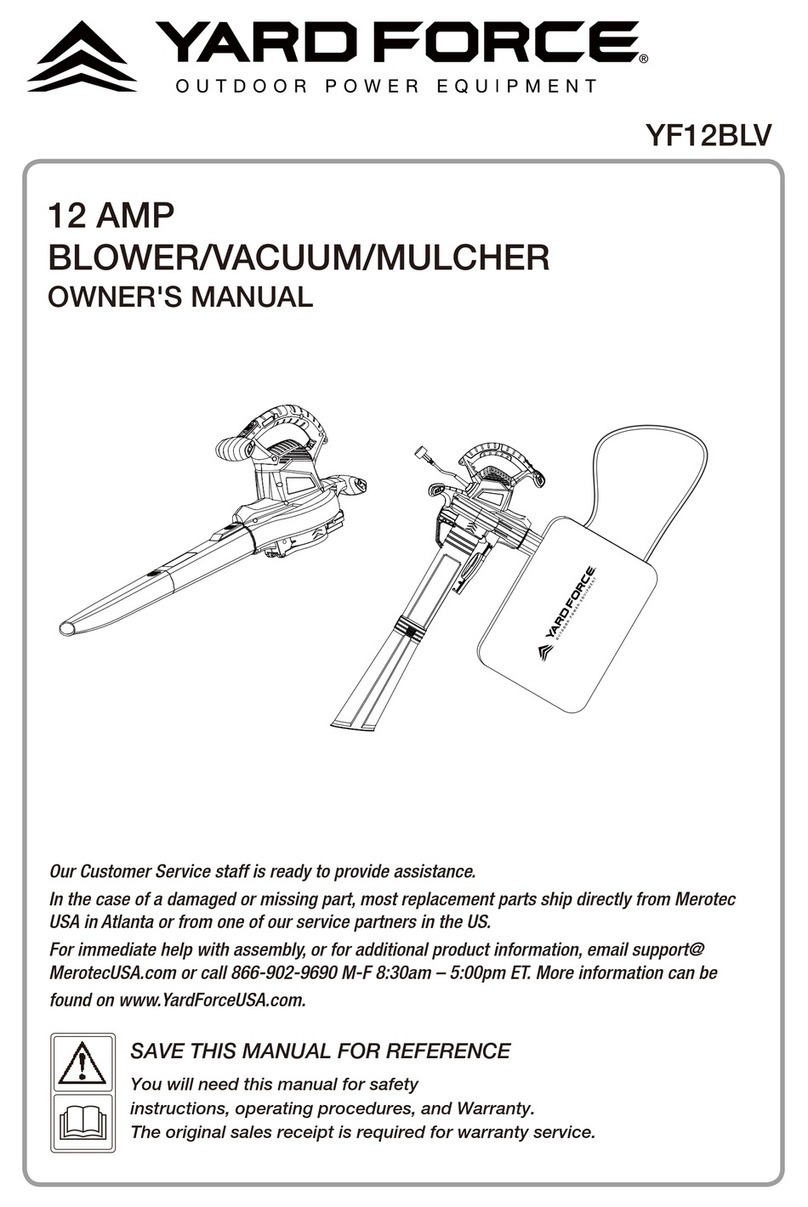
Yard force
Yard force YF12BLV User manual

Yard force
Yard force LH A17 User manual
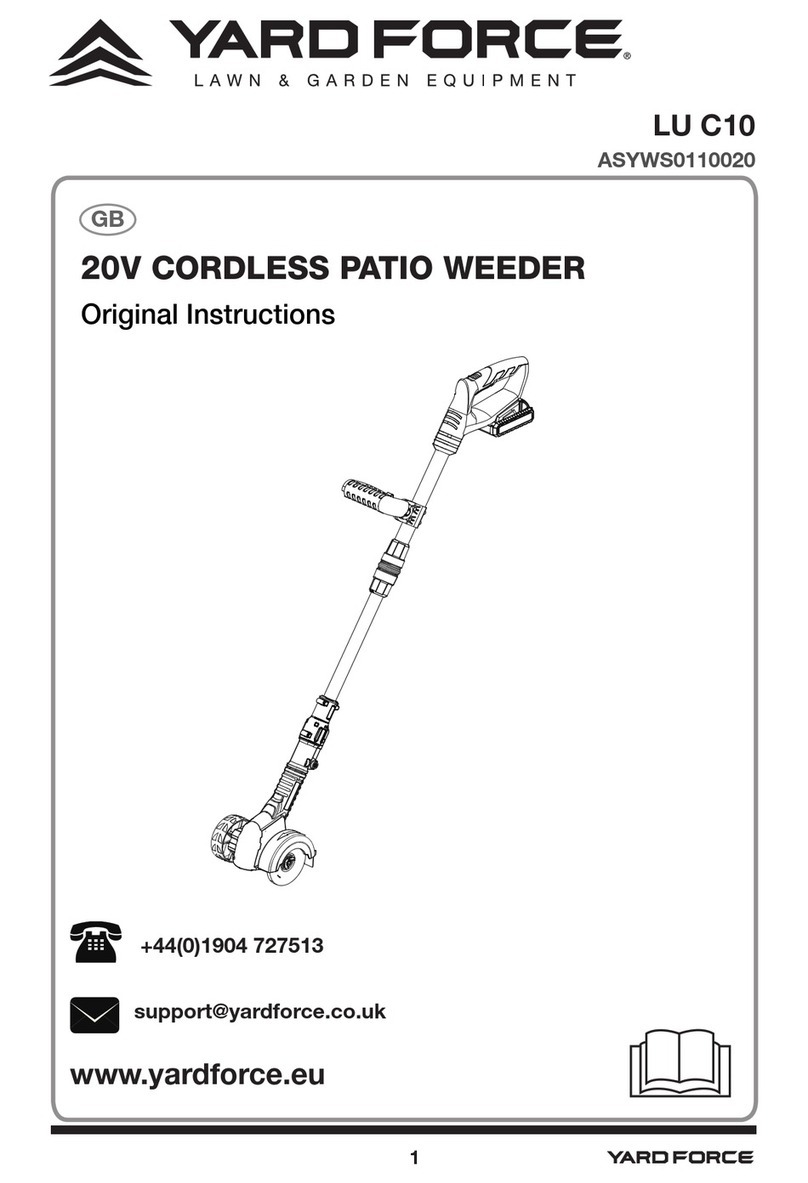
Yard force
Yard force LU C10 User manual
Popular Lawn And Garden Equipment manuals by other brands
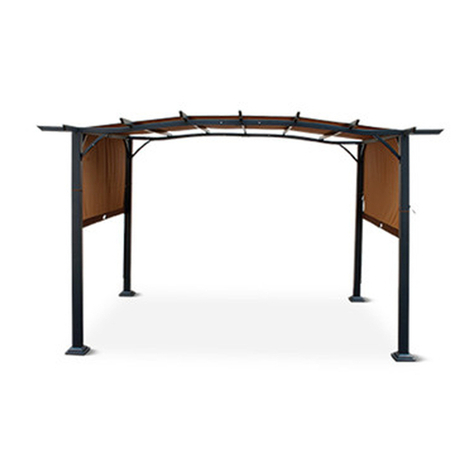
belavi
belavi 22096-21 user manual
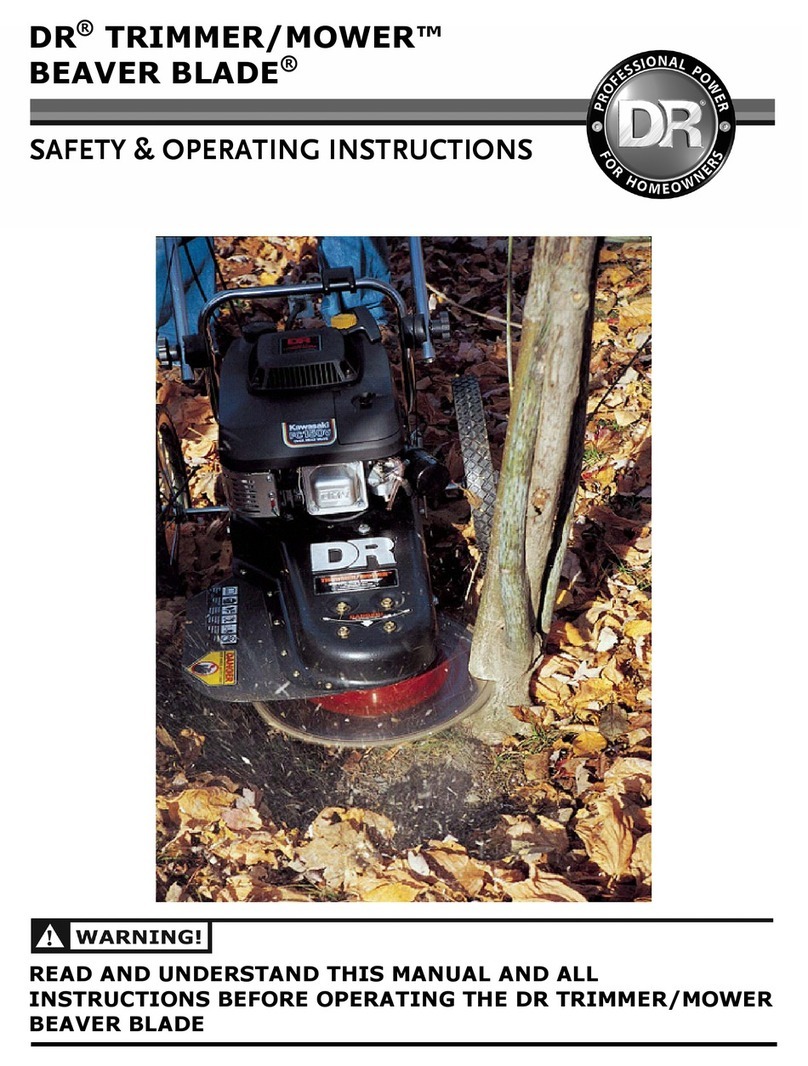
DR
DR DR TRIMMER/MOWERTM BEAVER BLADE Safety & Operating Instructions

GARDEN SECRETS
GARDEN SECRETS GS-503 User instruction
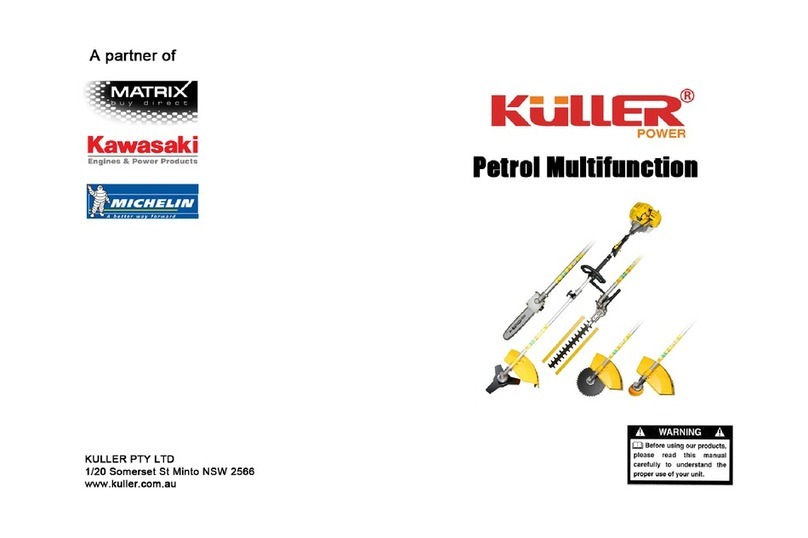
Kuller
Kuller 52cc user manual
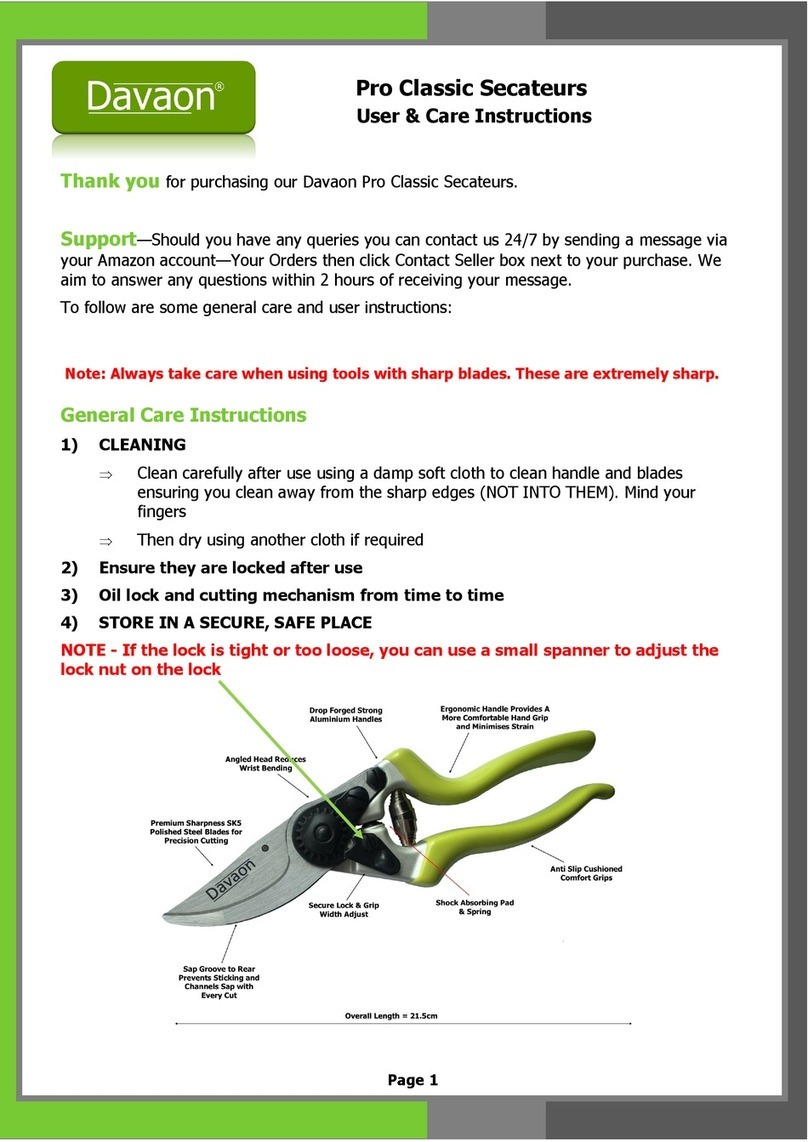
Davaon
Davaon Pro Classic Secateurs USER and CARE INSTRUCTIONS
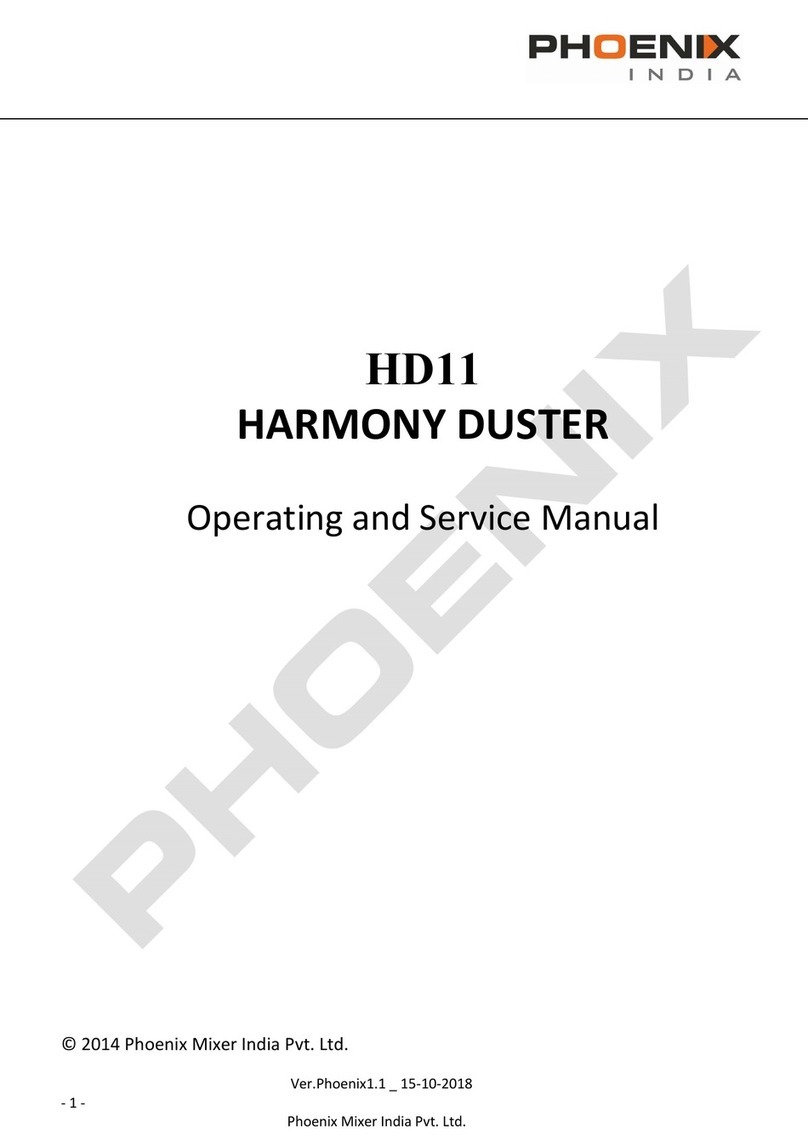
Phoenix
Phoenix HARMONY DUSTER Operating and service manual
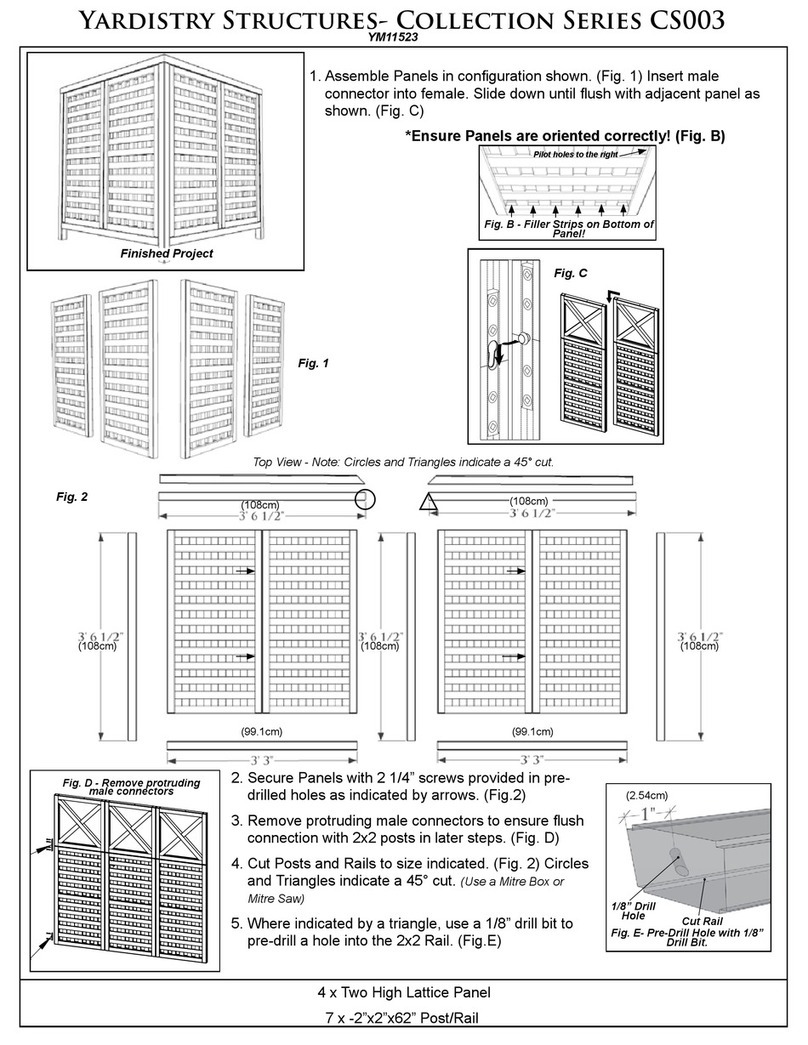
Yardistry
Yardistry CS003 Series manual
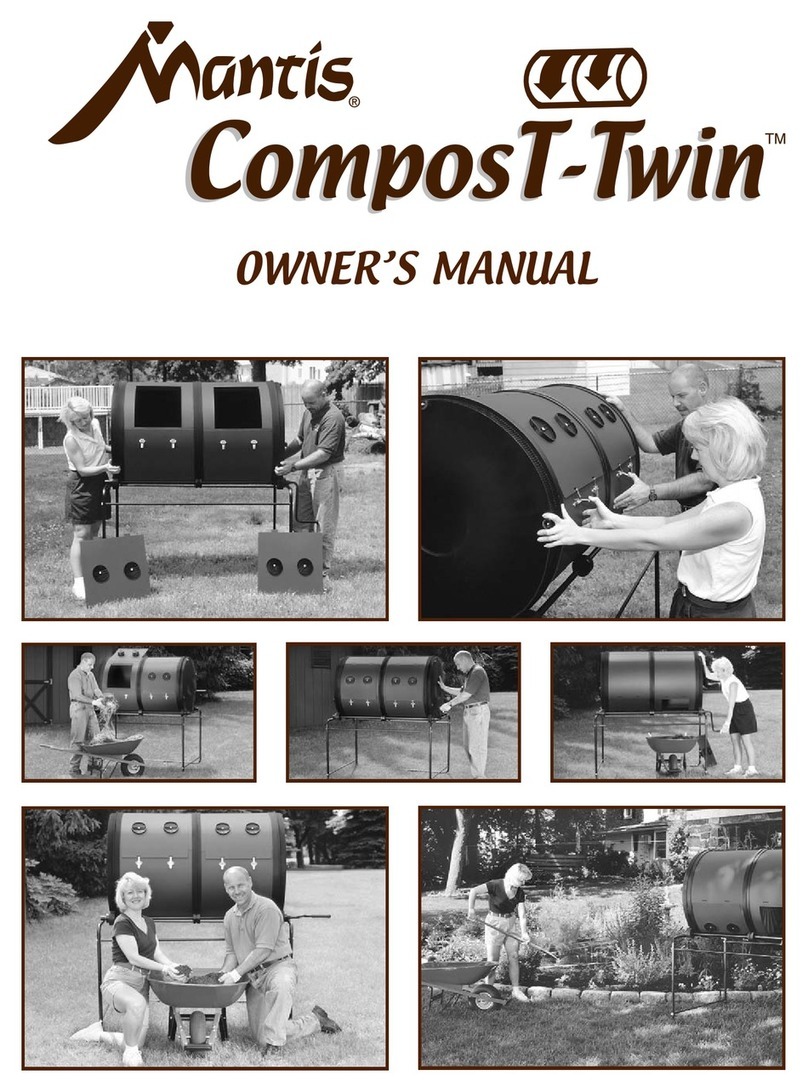
Mantis
Mantis ComposT-Twin Series owner's manual
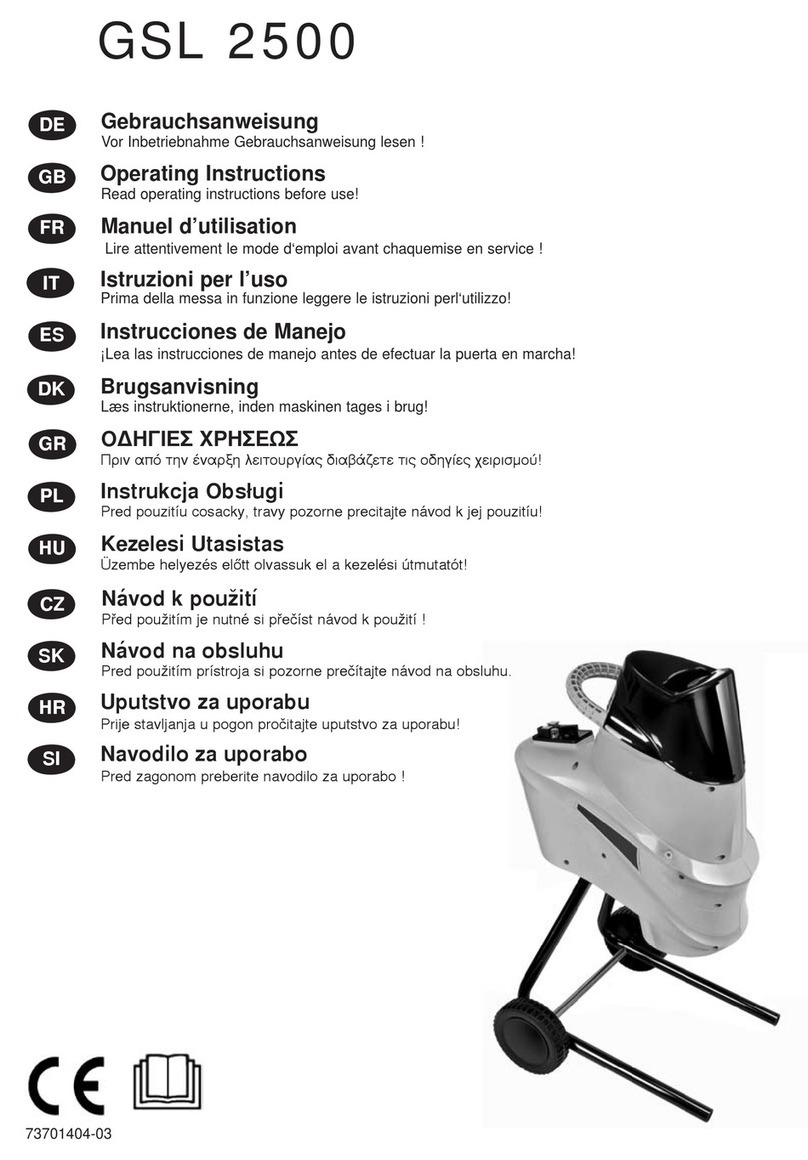
Ikra
Ikra GSL 2500 operating instructions
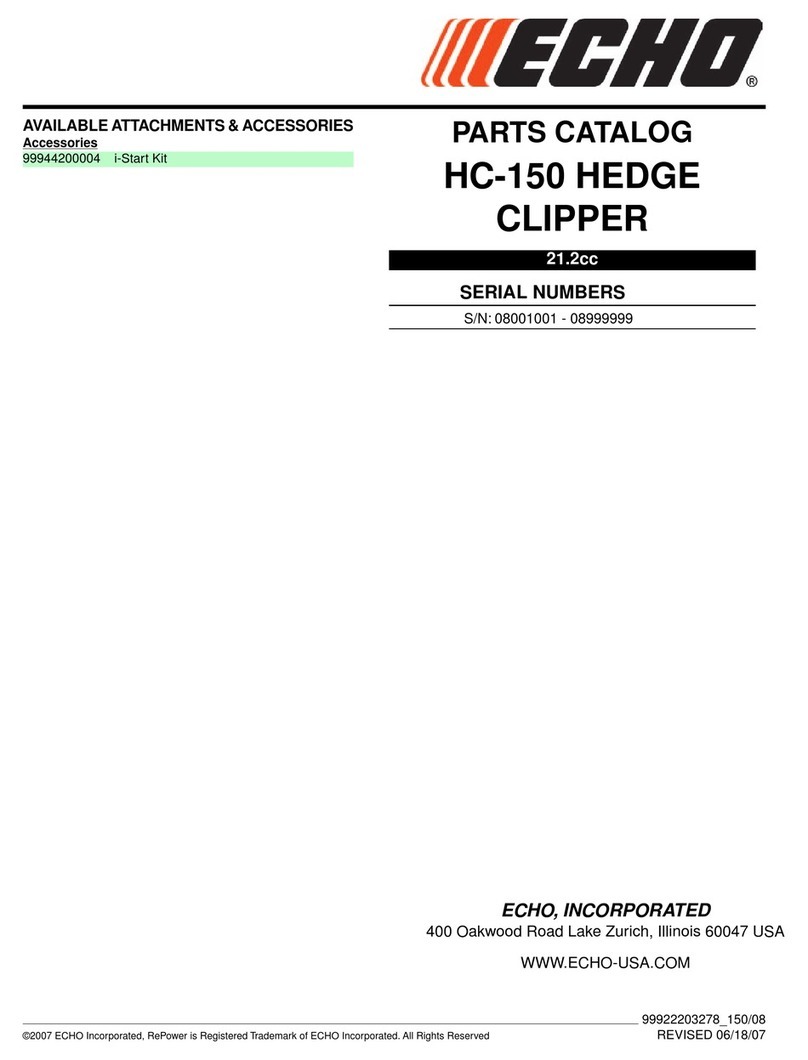
Echo
Echo HC-150 HEDGE CLIPPER - PARTS CATALOG SERIAL NUMBER 08001001 -... parts catalog
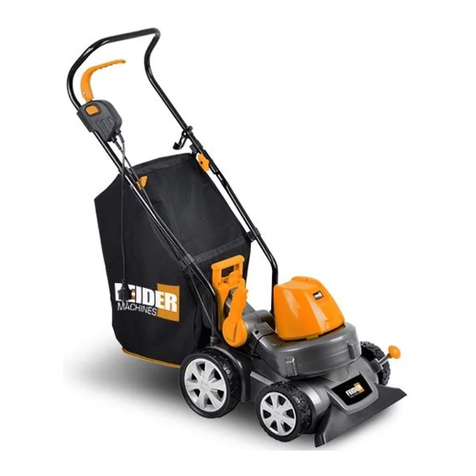
Feider
Feider FASBE1600 instruction manual
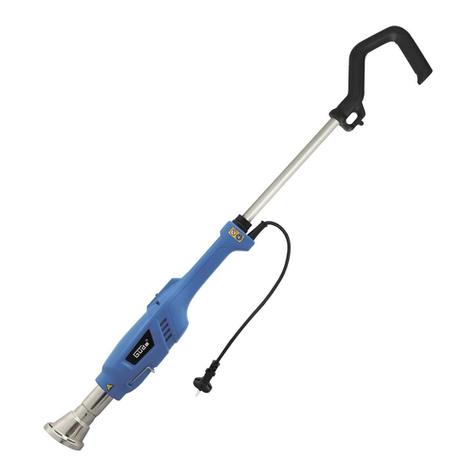
Gude
Gude UVH 600-2000 l Translation of the original instructions
